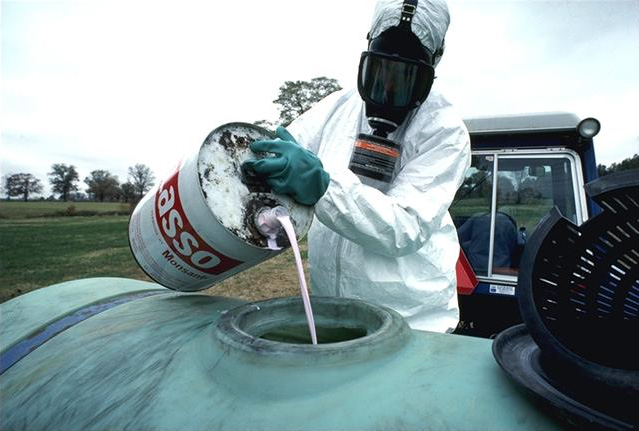"The Scorpion King" (2002) is a somewhat frivolous fantasy flick featuring a Schwarzenegger-Van Damme cross-over look-alike, but with more tan. Small wonder, since Mathayus (as the muscular warrior is named) runs around in a desert landscape that´s supposed to be ancient Egypt, but looks more like a stereotypically Orientalist Mideast bazaar. Mathayus, who is said to be Akkadian (an ancient Semitic people), is one of the few people who *doesn´t* look Hollywood Semitic. A few East Asian types have been thrown in for good measure, too, while the bad guy, Memnon, looks like a Roman commander! Yepp, it´s fantasy, alright.
And while there is a gorgeous half-nude "sorceress" (what else?) in this production, starred by a former fashion model, most of the plot concentrates on the heavy fighting between Mathayus and faux Arabic hordes. Come to think of it, there doesn´t seem to be much else happening in "The Scorpion King" *except* sword fighting or archery?! More sword than sorcery, if you ask me. Unless you count the cobras, LOL.
The title of the film is inspired by a real Egyptian Pharaoh, simply known as Scorpion (or perhaps Scorpion II or King Scorpion), but I suspect the real guy would be somewhat surprised by this latter day barbarian reinterpretation of pre-dynastic Egyptian history. Apperently, "The Scorpion King" is also somehow a prequel to a series of mummy horror movies, but I frankly don´t understand the connection, even apart from the perhaps salient factoid that this production features no mummies! There are a few scorpions, though. (And cobras.)
That being said, I´m not saying you shouldn´t watch Dwayne "The Rock" Johnson flex his biceps, show his ware and rough up some phoney Nabateans in a sword-and-sorcery extravaganza. After all, I just did, and I´m still standing. Just don´t except any deeper insights into Sothic dating, Manethan chronology or Hamitic pre-history from this one!

_male_Dovrefjell_3.jpg/800px-Muskox_(Ovibos_moschatus)_male_Dovrefjell_3.jpg)



_male_juvenile.jpg)

.jpg)


.jpg)
.jpg)



